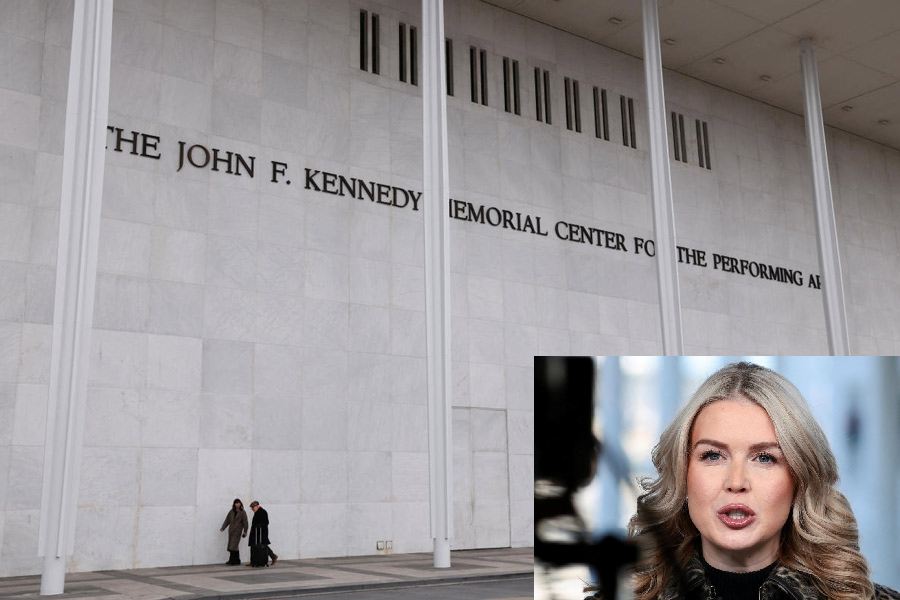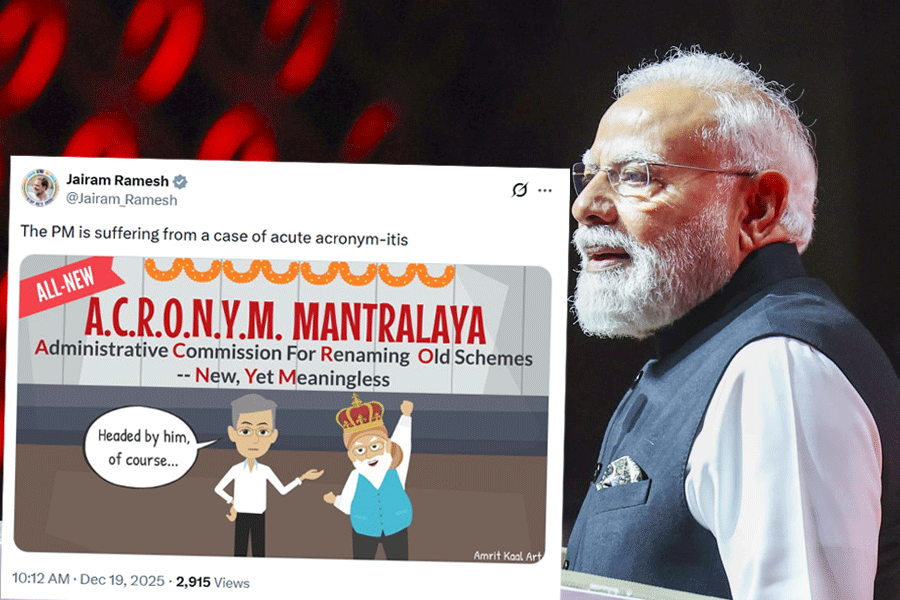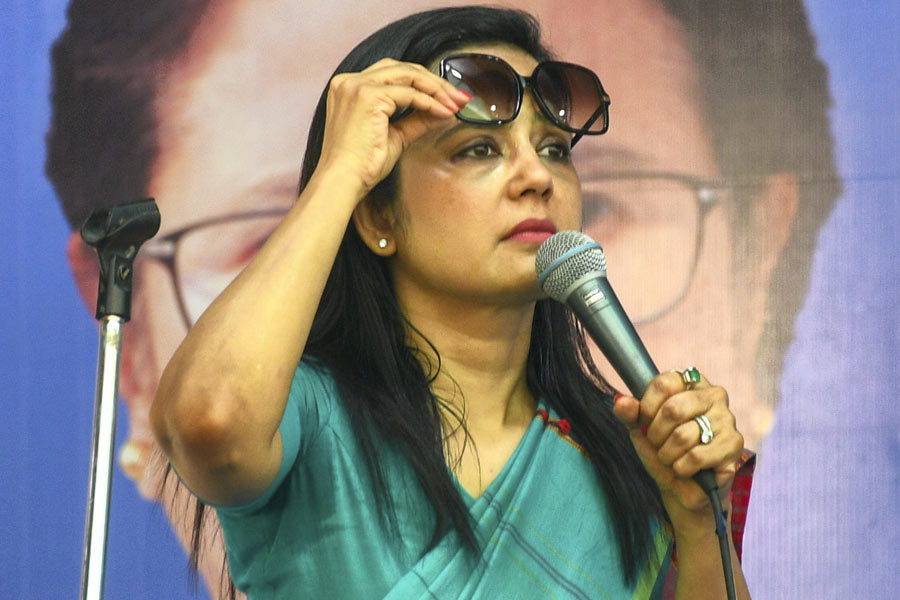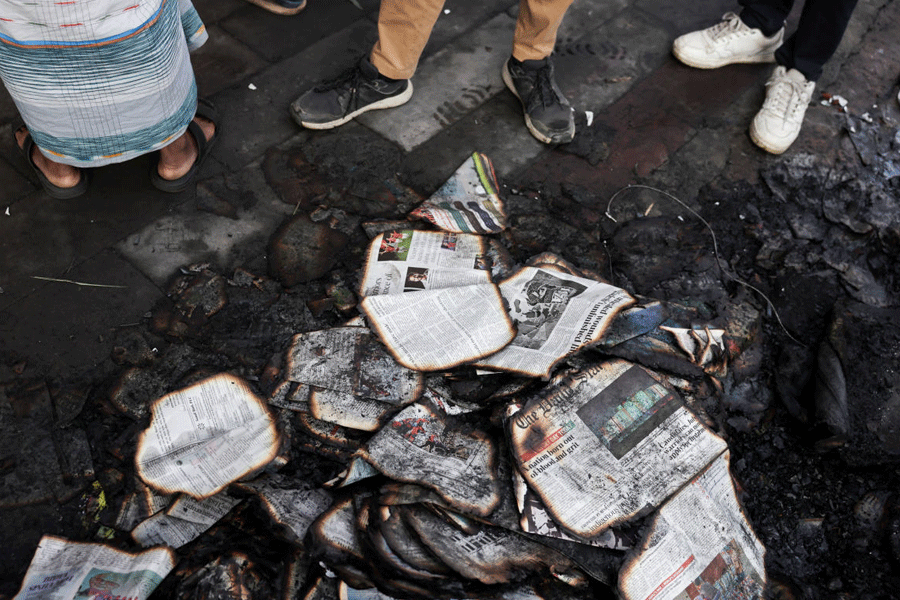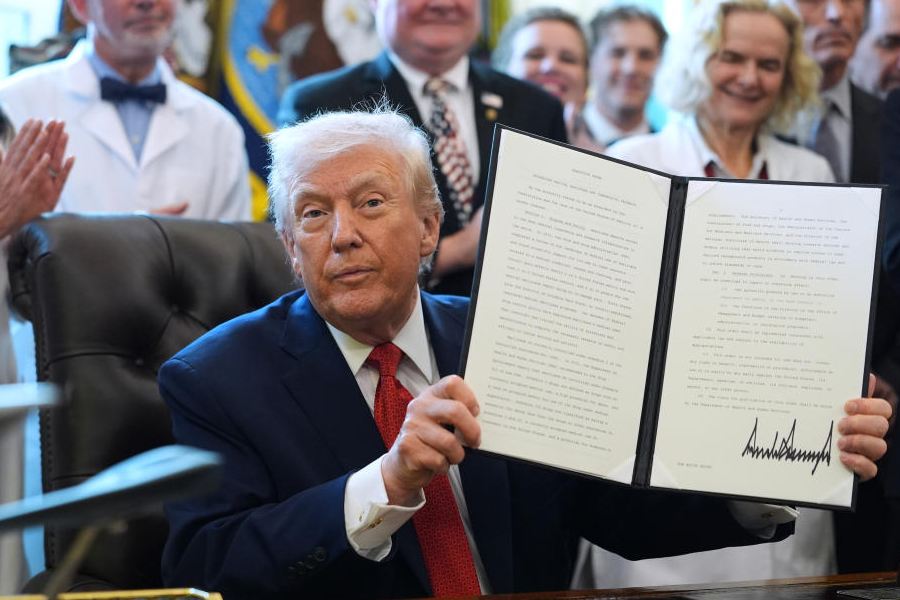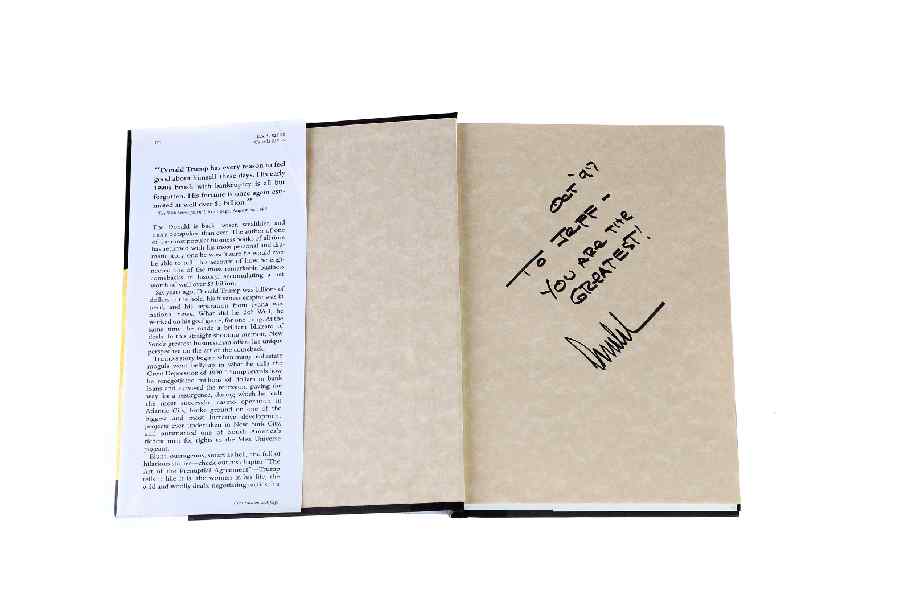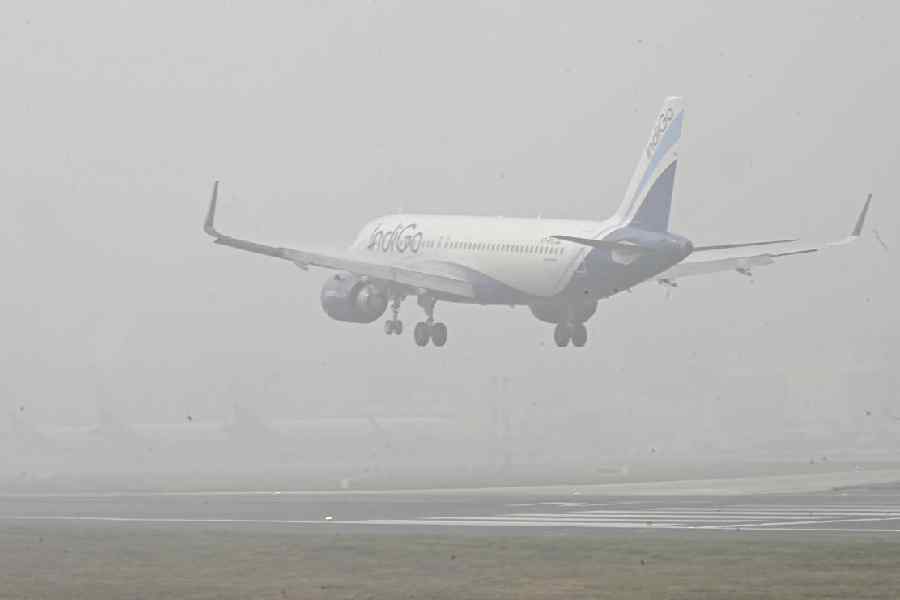 |
| ON THE BUTTON: Expert help at your door in nine minutes flat (Photo: Reuters) |
When 78-year-old Shankar Ganguly, a retired government employee, had a heart attack a couple of years ago, his wife was alone with him in the house. “I didn’t know what to do or whom to turn to,” Suniti Ganguly recalls with horror, describing her “nightmarish” experience. “Finally, I called up a neighbour, who called for an ambulance.” But the entire process ? from the moment the ambulance arrived to finding a bed in a hospital ? took a long time. “The doctor said that if he had been brought in even a few minutes later,” says Suniti, “the medical team would not have been able to save him”.
The Gangulys are not alone. When emergencies occur, few people are prepared to face the suddenness. But there is good news for Calcutta’s citizens. An emergency helpline, modelled along the lines of the US’s Alert 911 service, is to be introduced in the city by April next year. Consumers will then only have to dial a number for immediate help in emergencies.
There has been, in fact, since January 2004, a hotline in the city (1600335533) set up by the state government, but it is limited to providing medical information on the phone, answering queries related to availability of blood in bloodbanks, beds in hospitals, contact numbers of doctors and the like. The ‘911’ service will extend help in other emergencies as well, particularly fire and burglary.
“The need for such a service in the country cannot be understated,” says Aneel Khanna. Khanna is the executive director of Topsgrup, the company that is launching the service in Calcutta, after a successful launch in Mumbai on September 11, 2004. Called ‘Topsline ERS’, the service is being touted as ‘the fastest emergency response service in the country’. “We commit to reach in nine minutes flat after a call is made,” Khanna promises.
The Mumbai story appears to be testimony to this commitment. “Since its launch in the city, we have nearly 2,00,000 subscribers and have saved more than 300 lives in just six months of operations,” says Khanna.
According to Topsgrup chairman and managing director, Diwan Rahul Nanda, who unveiled the plans for setting up the service in the city recently, the group is planning to invest approximately Rs 14 crore in the infrastructure.
Judging by what went into the project in Mumbai, this infrastructure is no mean feat. Company reps say Topsline ERS has over 100 specially-fitted ‘life-saving vehicles’ covering the entire municipal limits of Greater Mumbai, and a ‘committed team of life-savers’ delivering services ‘similar to international standards’. All the life brigades and life patrols are stationed within a radius of 1.5 km from every residence and place of work to ensure that it sticks to the committed time limit. Each life brigade is fully equipped with advanced emergency medical equipment and the firefighting systems include oxygen respiratory systems for cases requiring evacuation. All life brigades and life patrols include a trained ex-defence commander, a combat officer, a trained and certified paramedic and a pilot. All life brigades and life patrols are fitted with the latest tracking and communication systems.
At least one satisfied consumer in Mumbai, housewife Amita Shroff, vouches for that. When her mother nearly collapsed during an attack of asthma, she called 1252. Not only did the emergency crew revive her, says Shroff, “they also treated her with the care a mother deserves”.
Before setting up the service in Calcutta, Khanna says they have to conduct market research, keeping in mind the topography of the city. “The setting-up process will begin after the research is complete and will be based on its findings,” he adds.
While admitting that at the moment “it is premature to state” the exact charges that Calcutta’s consumers will have to pay for this service, Khanna points out that the company is “charging Rs 100 per month per person in Mumbai”. He assures that, as in Mumbai, it will be a “365-days-a-year, seven-days-a-week, 24-hours-a-day service”. Obviously, since emergencies can happen at any time. Khanna points out that as far as crew is concerned, they “prefer locals as they know the topography of the city, and language familiarity is a great advantage. Quick communication is an integral part of the response mechanism.”
Calcutta’s consumers can hardly wait for such a service. “It should be introduced here without delay,” exclaims Suniti Ganguly. “Anyone who has ever faced an emergency will tell you that.”
other differences aside...
 |
• WHAT’S THE NUMBER?: At the moment, in Mumbai, the subscriber of Topsline is required to call the number 1252 for any kind of emergency. In Calcutta and other metros where the service is tentatively to be introduced, however, the designated number is yet to be decided upon.
• PRIVATE LIMITED: While the service is indeed based on the US Alert 911, the difference is that Alert 911 is a US government service, while Topsline is a private one. The former is available to anyone with access to a telephone at the time of the emergency. The latter is only available to a subscriber.
• CASH DOWN: You have to pay the company and become a member to avail of its services. Calcutta’s consumers, however, are not complaining. “It’s a small price to pay for a big service,” says Suniti Ganguly


